Dealing with a clogged kitchen sink can be really frustrating, especially when the culprit is grease. When grease accumulates in your sink, it can lead to slow draining or even complete blockages if not taken care of promptly. Luckily, There are several effective ways to unclog grease from your kitchen sink that you can try on your own.
In this article, we’ll explore different methods to unclog grease from your kitchen sink. Whether you prefer natural approaches or commercial products, we’ve got you covered with easy-to-follow instructions on how to remove stubborn grease buildup and maintain a smoothly flowing sink. So let’s jump right in and discover how to tackle this common issue that many households face!
What Is Unclog Grease?
Unclog grease is the process of eliminating grease build-up in your kitchen sink pipes to restore proper water flow. This build-up often occurs when hot grease or fats, which are liquid, cool down and solidify, clinging to the pipes and causing blockages. This can lead to slow drainage or a completely blocked sink. Removing this blockage, or unclogging, is a crucial step in maintaining a functioning kitchen sink and a well-operating plumbing system. The process can be accomplished with natural methods such as using baking soda and vinegar, commercial drain cleaners, or physical tools like a plunger or plumber’s snake, all aiming to dissolve or displace the grease and reinstate smooth water flow.
Tools And Materials Required For Unclogging Grease From Kitchen Sink
- Plunger
- Boiling Water
- Baking Soda And Vinegar Mixture
- Commercial Drain Cleaners (Optional)
- Pipe Snake Or Auger (If Necessary)
Plunger: This is one Of the most common tools used to unclog pipes. It works by creating a seal around the drain and using pressure to dislodge clogs. There are different types of plungers available, but a cup or flange plunger is typically best for sink drains.
Boiling Water: This is a simple, cost-effective method to break up grease clogs. The high temperature Of the boiling water can help to melt and dislodge the grease, Allowing it to be washed away.
Baking Soda and Vinegar Mixture: This natural remedy can effectively break down grease and other organic materials. When mixed together, baking soda (a base) and vinegar (an acid) create a fizzing reaction that can help dislodge clogs. This is a safer alternative to commercial drain cleaners.
Commercial Drain Cleaners (Optional): These are chemical solutions specifically designed to eat away at clogs, including grease. They should Be used with caution due to their corrosive nature, And are not typically recommended for frequent use As they can damage pipes over time.
Pipe Snake or Auger (If Necessary): These tools can reach deep into the pipes to physically break up stubborn clogs. A pipe snake is a flexible rod that can be pushed down the drain, while an auger has a coiled head for grabbing and removing clogs. These tools require a bit more technical know-how, But can be very effective when other methods fail.
Step-By-Step Process To Unclog Grease From Kitchen Sink
1. Clearing Standing Water And Debris From The Sink
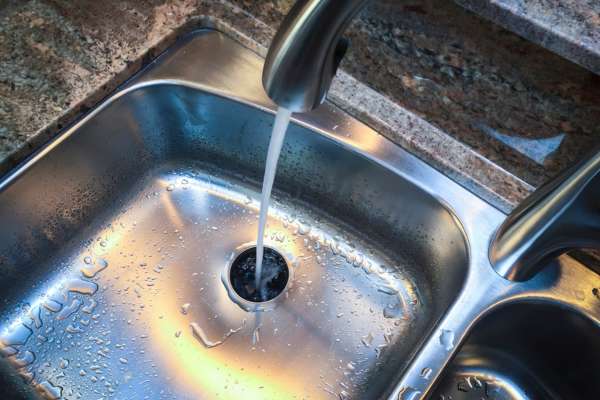
Before you start working on the clog, you’ll need a clear field. With a cup or small bucket, remove any standing water from the sink. If there’s debris like food particles, get rid of those too, as they can make the process more difficult and might even contribute to the clog.
2. Attempting To Unclog Using A Plunger
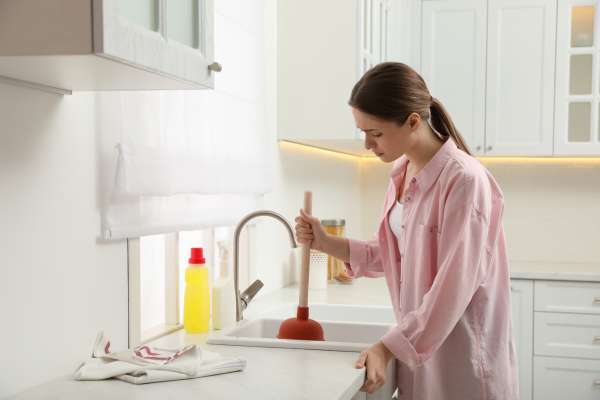
Once the sink is clear, It’s time to start plunging. Position the plunger over the drain to create a seal. Apply forceful pushes and pulls to create a change in pressure, which can help dislodge the clog. After several plunges, lift the plunger to check if water drains away.
3. Utilizing Boiling Water To Dissolve Grease
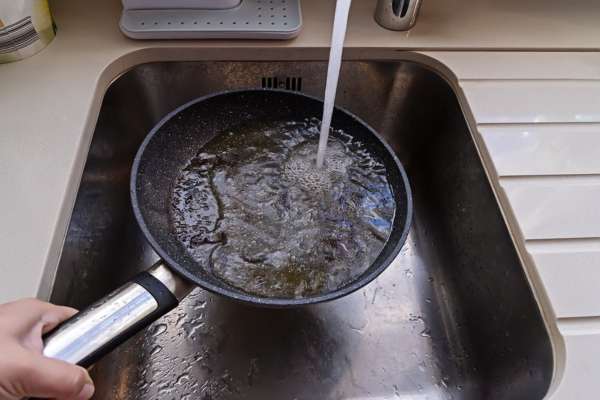
If the plunger doesn’t do the job, boiling water might be your solution. Boiling water can break down and dislodge grease clogs due to its high temperature. Gradually pour a kettle of boiling water down the drain, but be careful to avoid any splash back which could lead to burns.
4. Employing Baking Soda And Vinegar Mixture For Stubborn Clogs
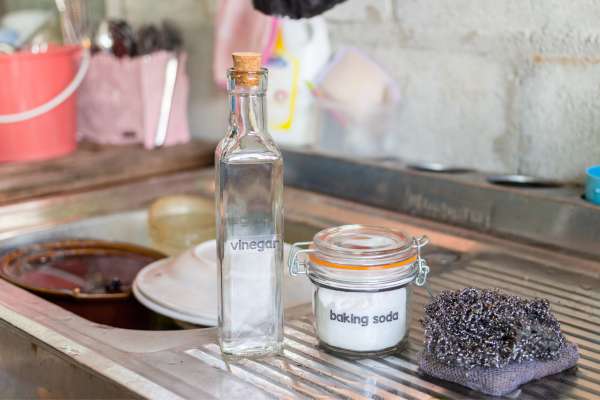
If the grease clog is more stubborn, a mixture of baking soda and vinegar can be an effective remedy. First, pour half A cup of baking soda into the drain, Followed by half A cup of white vinegar. Let it sit and work its magic for about 15-20 minutes. The fizzing reaction can help to dislodge and dissolve the clog. Rinse with another kettle of boiling water to wash down the mixture and any dislodged grease.
5. Use Of Commercial Drain Cleaners (If Preferred)
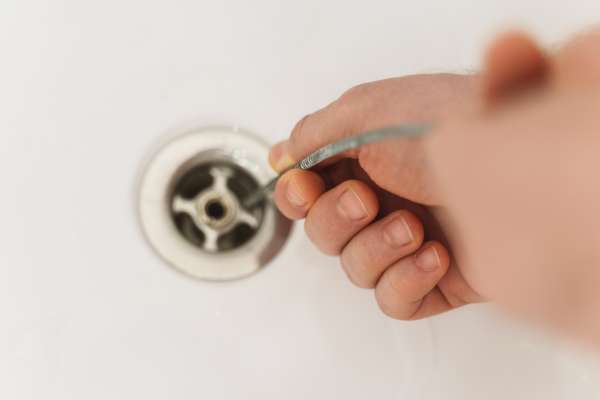
If the natural methods haven’t managed to clear the clog, you might consider using a commercial drain cleaner. These products contain strong chemicals designed to break down clogs like the one you’re dealing with. However, they should be used sparingly and carefully, As they can Be harmful if they come into contact with your skin or eyes, And can also potentially damage your pipes if overused. Always follow the instructions On the product packaging.
6. Implementing A Pipe Snake Or Auger For Deep Clogs
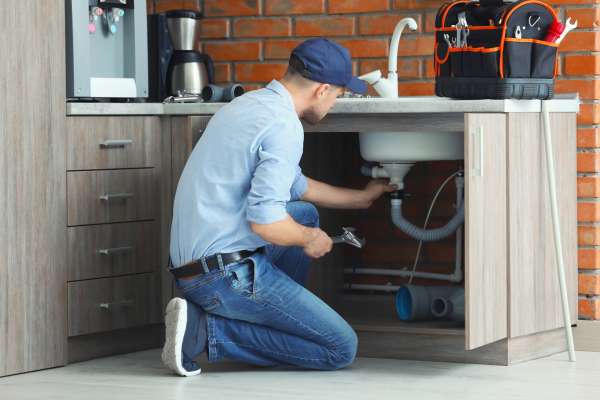
If the clog is proving to be particularly stubborn and is located deep within the pipe, a pipe snake or drain auger could be your next best option. These tools can reach further into the plumbing than a plunger or drain cleaner can. You feed the snake or auger into the drain until it reaches the clog, then twist and turn it to break up the clog and remove it.
7. Repeating The Process As Necessary
Sometimes, a single attempt might not be enough to fully clear A clog, Especially if it’s a large one. In such cases, You may need to repeat the steps above, Perhaps trying different combinations of methods. Always start with the least harmful methods (plunger, boiling water, baking soda and vinegar) and move on to the harsher ones (drain cleaner, pipe snake or auger) only if necessary.
These steps should help you deal with most grease clogs, But if you find that you’re struggling to clear the clog, It’s best to call a professional plumber. They have the expertise and tools necessary to deal with stubborn clogs without causing damage to your plumbing.
Precautionary Measures To Prevent Grease Clogs
Preventing grease clogs in the first place is the best way to avoid the trouble of unclogging them. Here are some preventative measures you can take:
Avoid Pouring Grease Down the Sink: This is the most important precaution to prevent grease clogs. Instead of pouring cooking grease and oil down the sink, Collect it in A container, Let it cool and solidify, and then dispose of it in the trash.
Use a Sink Strainer: A sink strainer can help catch food particles and other solids that might contribute to a clog. Clean the strainer regularly to prevent build-up.
Regularly Flush Your Drain: At least once a week, flush your drain with boiling water to help keep it clear. This is especially useful if grease or oil accidentally ends up going down the drain.
Dispose of Food Waste Properly: Try to scrape plates and pans into the trash or a compost bin before washing them. Less food going down the drain means less potential for clogs.
Use Dish Soap: If you do accidentally pour grease or oil down the sink, immediately follow it with a squirt of dish soap and a kettle of boiling water. The soap can help break down the grease, while the boiling water can help push it through the system.
Regular Maintenance: Schedule regular professional maintenance of your plumbing system. A professional can identify and address small issues before they turn into bigger problems.
By following these preventative measures, you can help ensure A clog-free sink and A well-maintained plumbing system.
The Final Thoughts
Tackling a grease-clogged kitchen sink might be challenging but with the right tools and patience, it’s surmountable. From plunging, employing natural remedies such as baking soda and vinegar, to the use of commercial cleaners or pipe snakes, you can restore your sink to working order. However, prevention remains paramount. By avoiding the disposal of grease or oil down your sink, using sink strainers, and regularly flushing your drain, you can keep your pipes clear. If all efforts fail, never hesitate to call a professional plumber to avoid damaging your plumbing system. This guide is aimed to aid you in effectively managing and preventing kitchen sink clogs, paving the way for a hassle-free kitchen experience.
